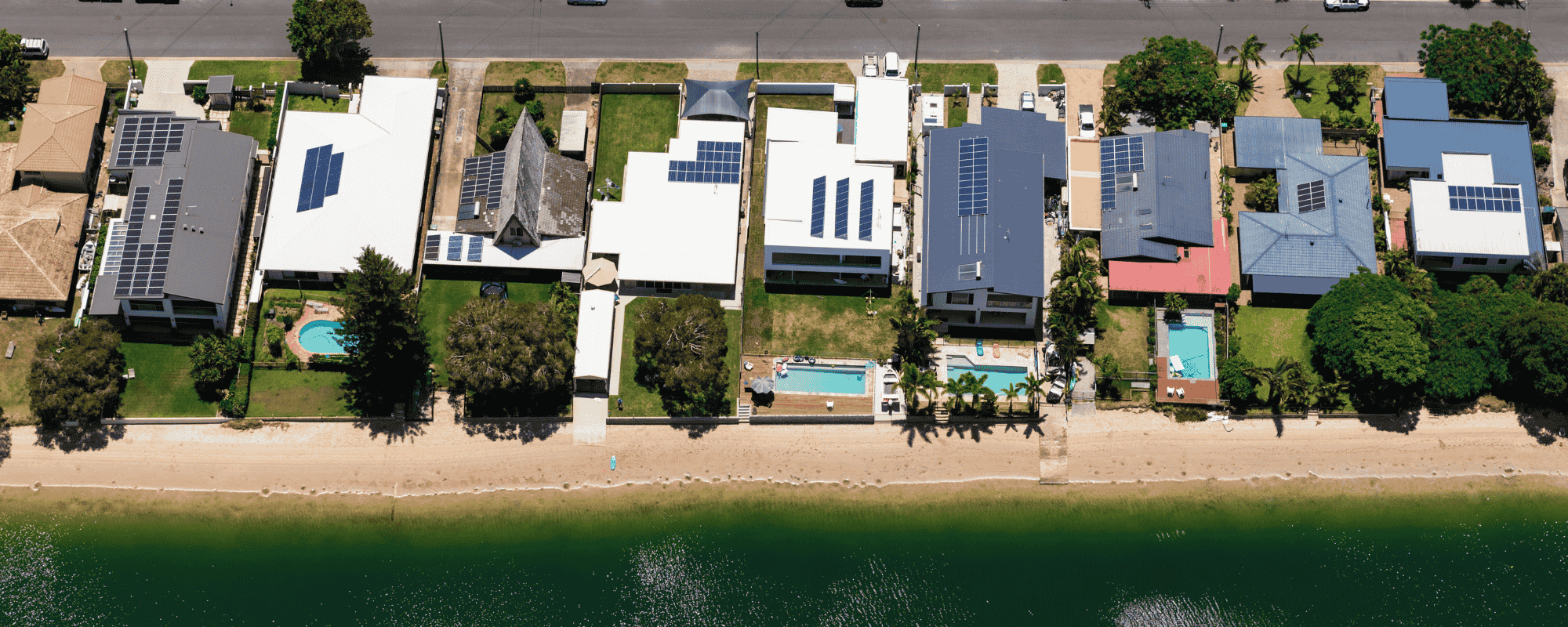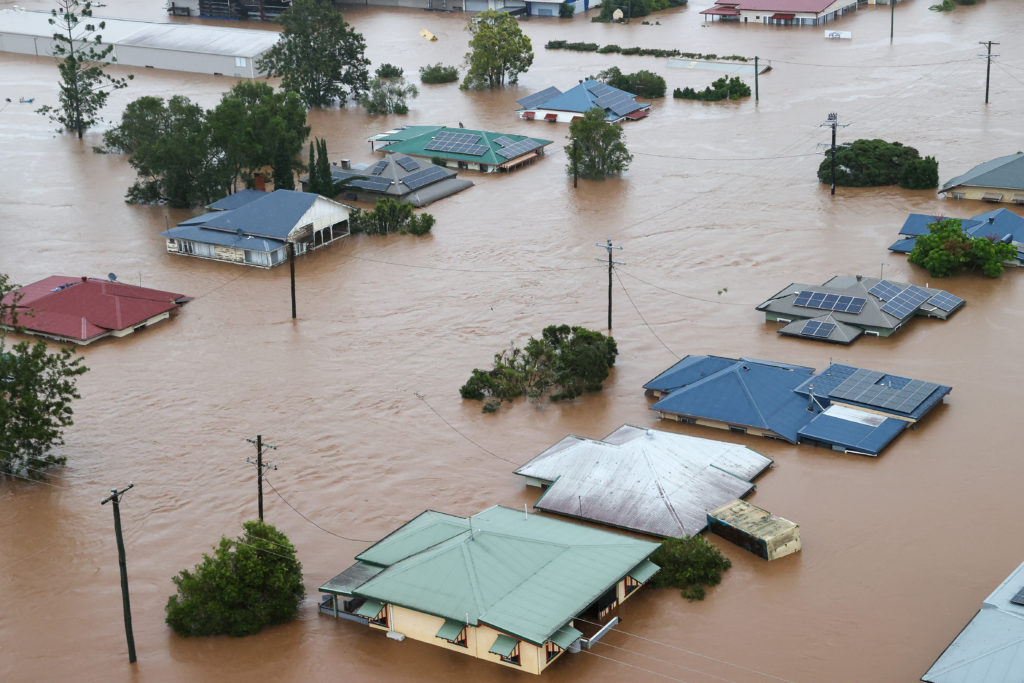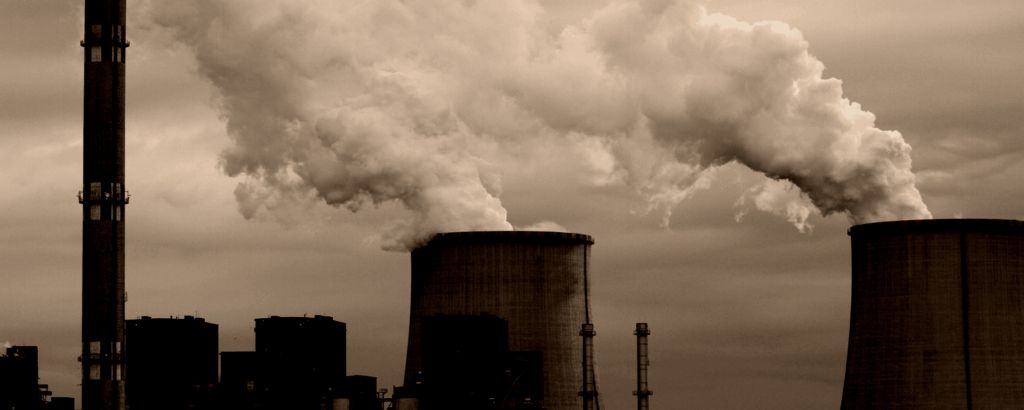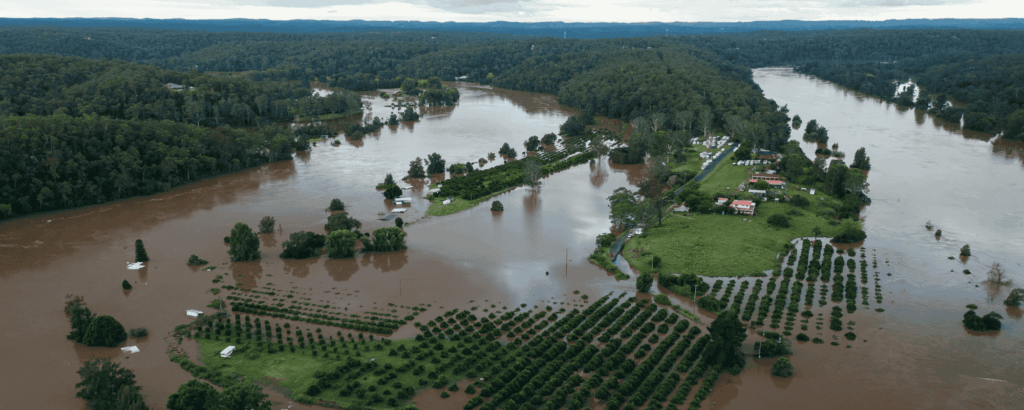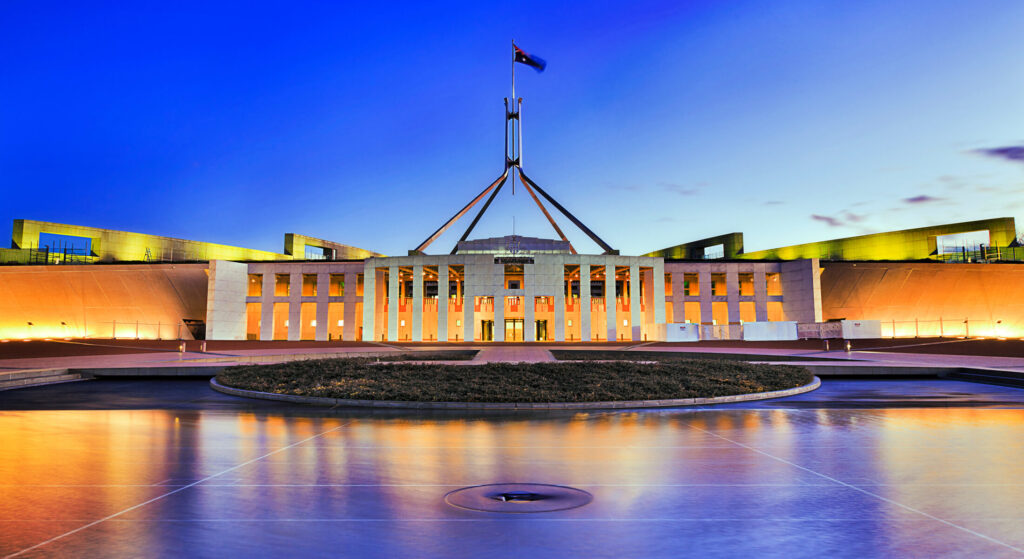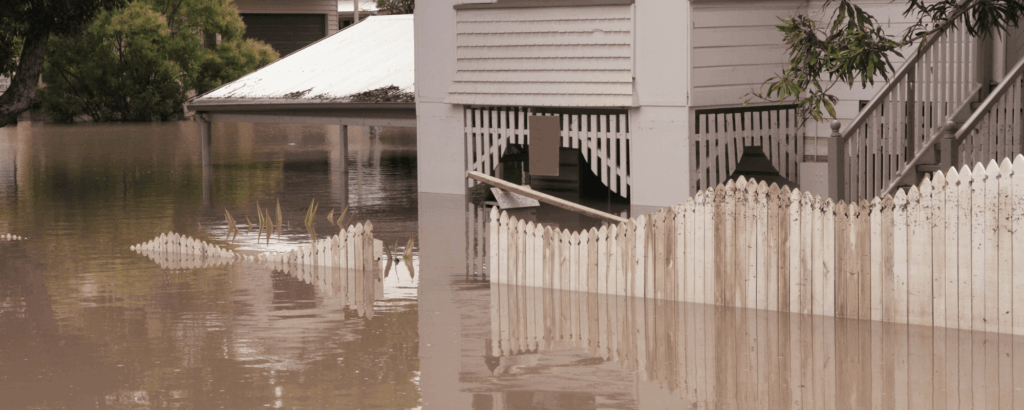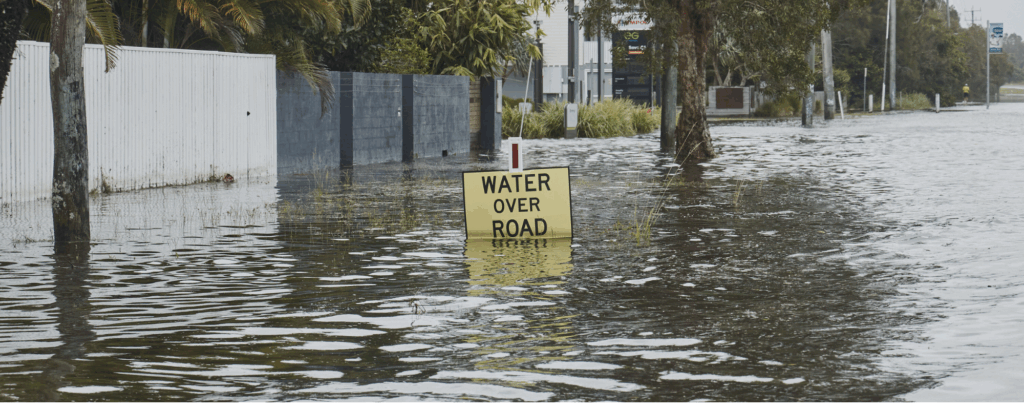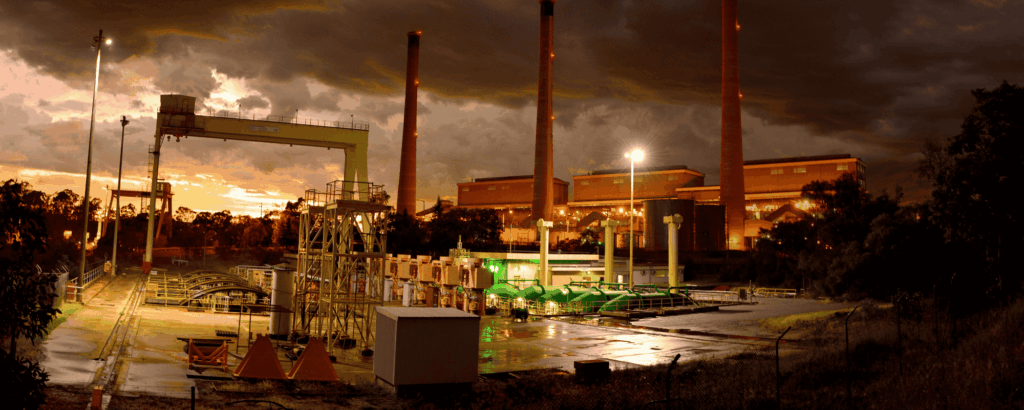The Queensland Government is expected to release its new Energy Roadmap on October 10. Previous comments from Energy Minister David Janetzki suggest that the plan may promote polluting and expensive coal-fired power for longer, weakening efforts to roll out renewable power and cut climate pollution.
This briefing paper outlines the context behind the energy roadmap, and what this means for Queenslanders and Australia.
What’s the Energy Roadmap?
The Energy Roadmap is intended to provide a five-year plan for Queensland’s energy sector. The plan is expected to reflect previous announcements, including a pledge to scrap Queensland’s legislated renewable power targets, the cancellation of renewable power and storage developments, and delays to the closure of coal-fired power stations. The roadmap is also expected to outline new, smaller pumped hydro projects to replace the cancelled Pioneer-Burdekin project.
Coal and gas fired power stations pollute – and that harms all Australians
Extending or expanding coal and gas power stations will lock in more harmful climate pollution for longer, driving more frequent and extreme weather events.
Queensland is already bearing the brunt of more frequent and severe storms, fires and heatwaves, and the Great Barrier Reef has been severely damaged by a series of marine heatwaves; experiencing six mass bleaching events in the last decade.
If polluting coal power is relied upon for longer, it’s not clear how the Crisafulli Government can meet its election commitment to retain Queensland’s legislated 2035 climate pollution target, of a 75% cut on 2005 levels.
Queensland’s coal-fired power stations are breaking down, and need to be replaced
Like most Australian states, Queensland is facing the need to replace its ageing and increasingly unreliable coal-fired power stations. While some of Queensland’s coal plants are younger than others in Australia, this does not overcome the significant commercial, environmental or engineering challenges the state is facing:
- About two-thirds of Queensland’s coal-fired power capacity is at least 30 years old.
- Almost half (47%) of Queensland’s coal capacity can be expected to close in the next six years, based on the average closure age for previous Australian coal-fired power stations (42 years).
- Even Queensland’s younger stations are struggling to keep up. For example, this summer, Millmeran’s coal units broke down a collective seven times, and one unit faced a week-long unplanned outage.
The Australian Energy Market Operator’s (AEMO) most recent system plan expects all of Queensland’s coal-fired power stations to close within the next decade, because these costly generators can not compete with cheaper renewable power and storage – like the rooftop solar on more than half of Queensland’s houses. This is already playing out on the ground, with the coal-fired Gladstone Power Station bringing its potential closure date forward six years to 2029.
How might delaying coal closures impact Queensland?
Slowing the development of renewable power and storage and delaying coal-fired power station closures would only hold Queensland back from a more reliable, affordable and clean electricity system. Relying on coal-fired power for longer means:
Higher costs and power bills
Modelling commissioned by the Clean Energy Council shows that if we delay the expected roll out of renewables and continue our reliance on coal and gas nationally, power bills could increase by $449 a year for households, and $877 for a small business this decade. In QLD, this is also costing taxpayers, with the Queensland Government having to invest $1.6 billion in simply maintaining existing coal power stations.
Australia’s independent science agency, CSIRO, has found that building solar and wind power backed by storage is the lowest-cost way to meet our electricity needs. Meanwhile, unplanned outages at ageing coal plants have contributed to four of Australia’s most severe price spikes in the last seven years.
Lost jobs and investment
By sticking with outdated coal infrastructure instead of scaling up renewables and storage, Queensland risks losing out on billions in clean energy investment and thousands of regional jobs, which would be more likely to flow to other states with clear plans to switch to cleaner, cheaper energy.
Modelling undertaken under the previous Queensland Government indicated that achieving a 70% renewable power target by 2032 could create 64,000 jobs and unlock $25.7 billion in economic growth, while reducing power prices. In contrast, continuing to fund ageing coal-fired power stations is not likely to be an effective use of taxpayer funds that could be better spent elsewhere to benefit Queenslanders.
Less reliable power
Australia’s coal-fired power is increasingly unreliable, and is prone to unplanned outages, especially during extreme weather. Therefore, extending dependence on coal can make the power system more unstable. A modern, flexible system that runs on renewables, storage and limited peaking capacity is reliable, and does not rely on only a handful of large generators to keep the lights on.
Analysis of the grid over recent years has revealed that both planned and unplanned coal outages have been a primary driver of power outage risk. The majority of recent power outage risk conditions have occurred in New South Wales and Queensland – the states most dependent on coal generators. During periods with the highest power outage risk, coal availability has been 10-20% lower than is typical.
The Crisafulli Government has cancelled three major renewable energy and storage projects
Since coming to power in October 2024, the Crisafulli Government has taken the unusual step of blocking two previously approved wind farms – Forest Wind Farm and Moonlight Range Wind Farm – citing community opposition. These projects could have powered up to 750,000 homes. In addition, the nationally significant Pioneer-Burdekin pumped hydro project was cancelled.
Renewables backed by storage is the best option for the sunshine state
All around Australia, the data shows that more renewable power in the grid puts downward pressure on power prices. In Queensland, wholesale prices dropped 40% in 2023-24, with increased solar and wind energy in the grid playing a key role. Increasing solar and wind generation, backed up with storage like batteries, can keep power prices in check, improve the reliability of our power system and keep Queenslanders safer from worsening climate change.
Households, businesses, investors and governments all around the world are embracing renewable energy because it’s affordable, clean and can be rolled out fast – the Queensland Government should do the same.

